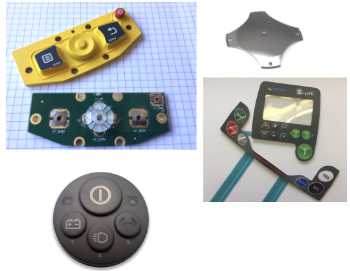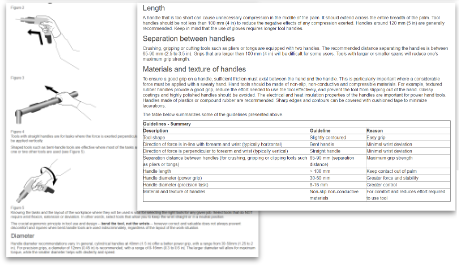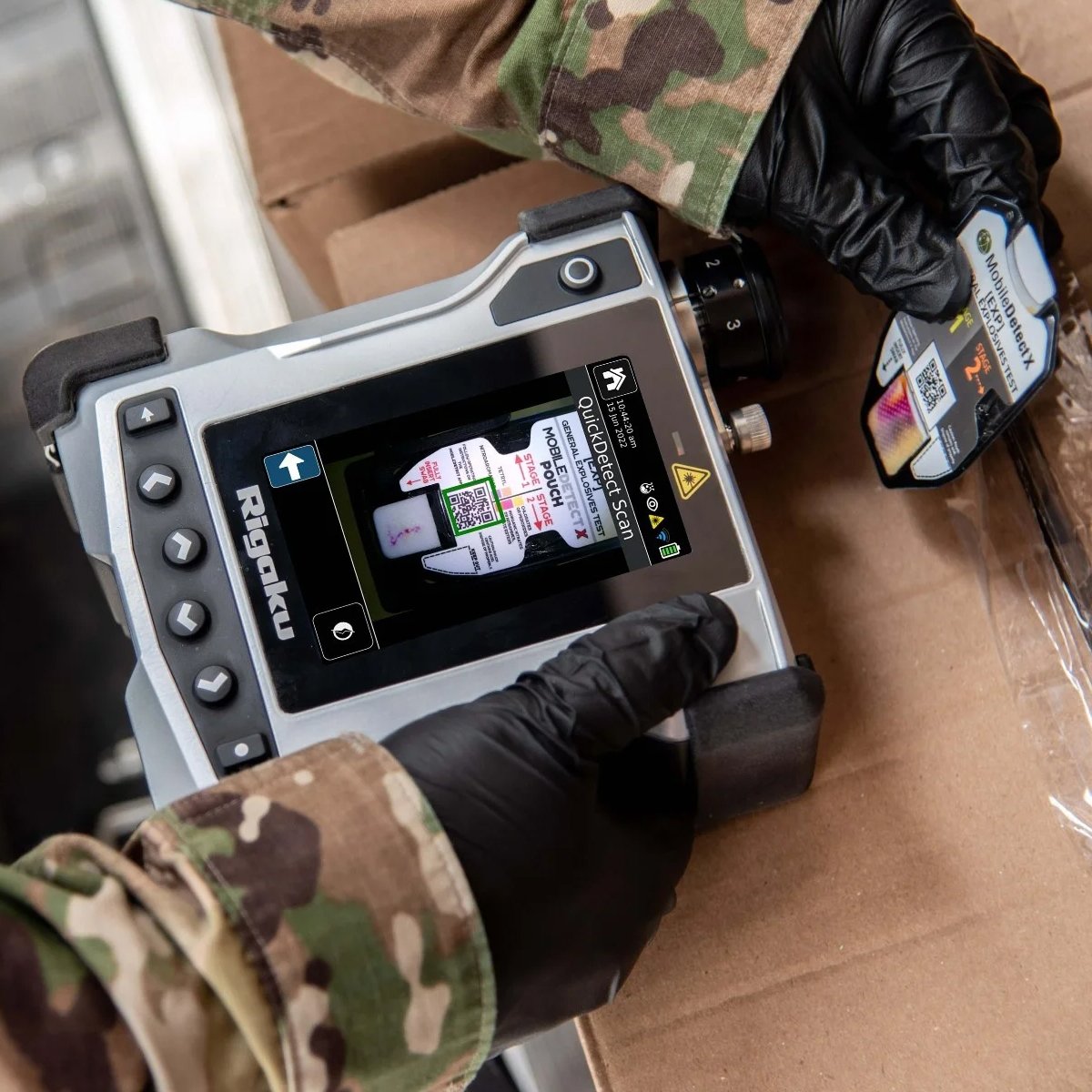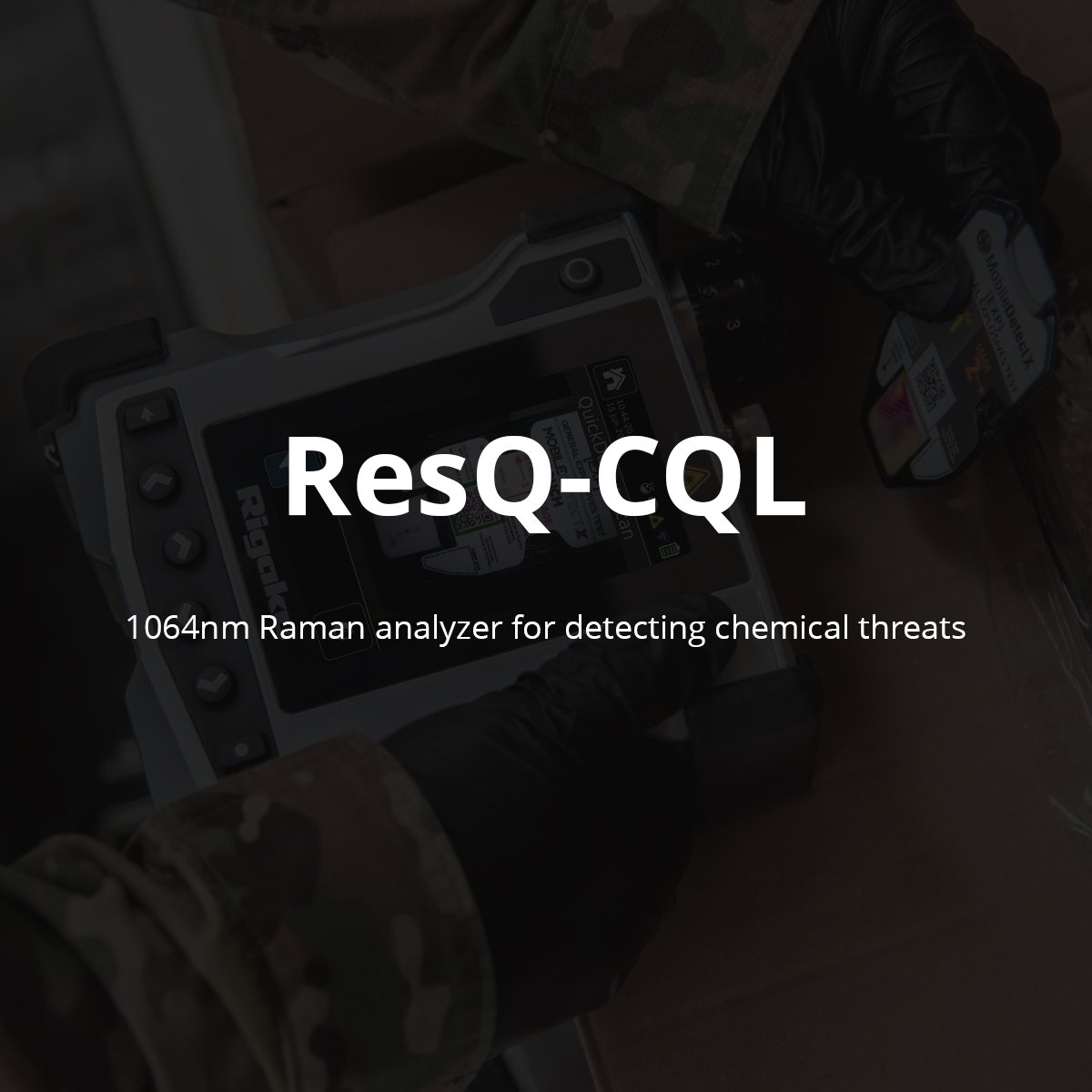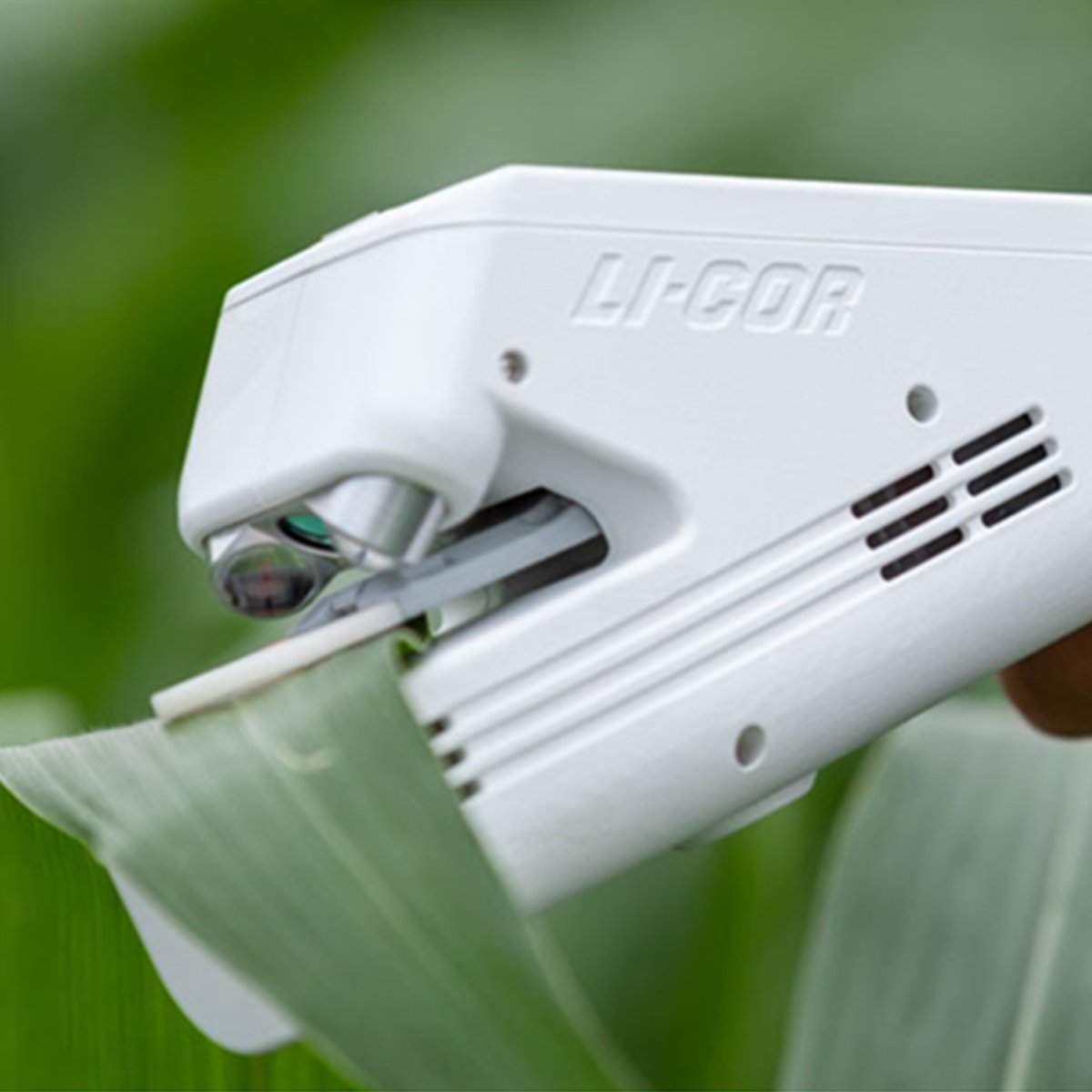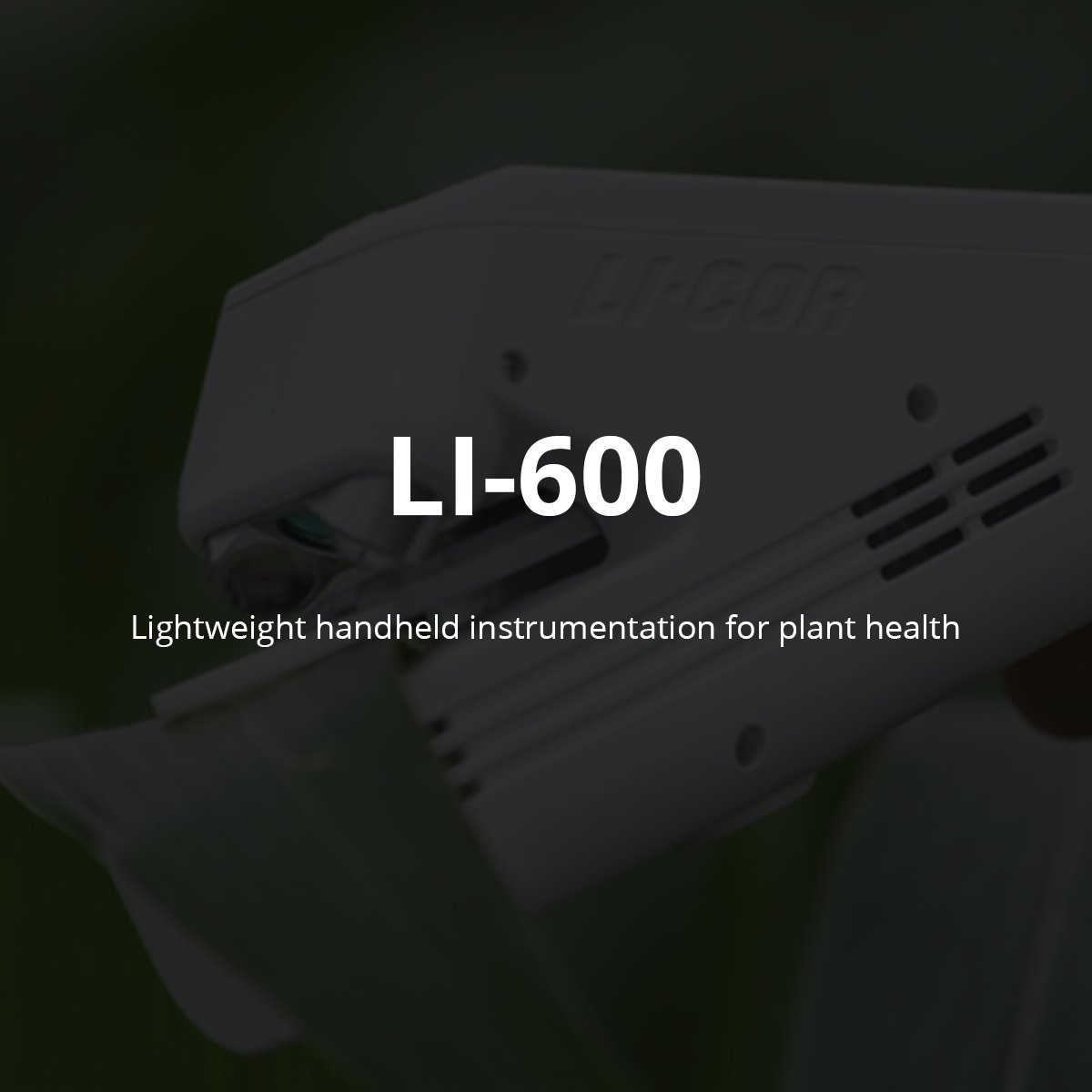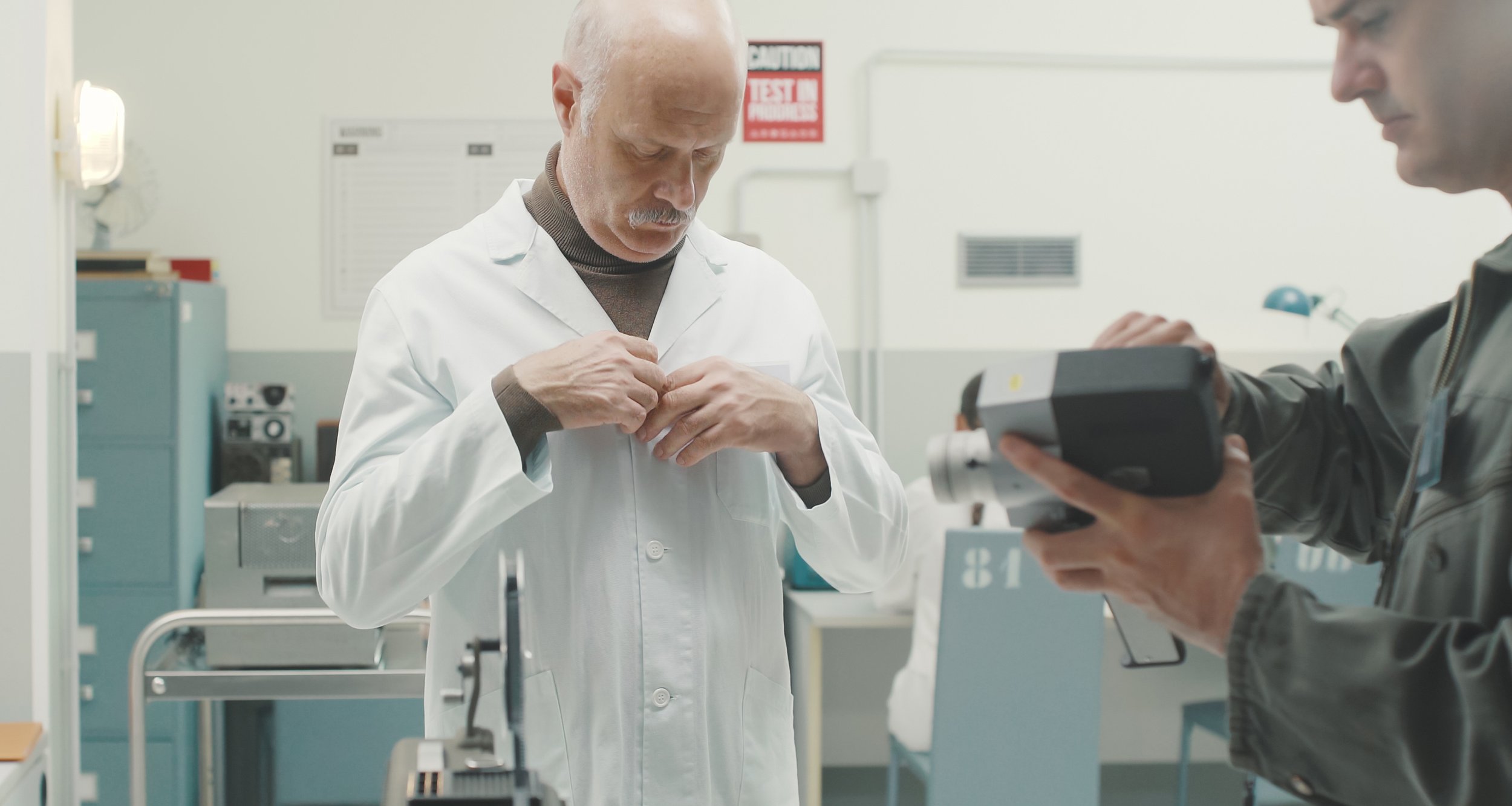
Product Design Consultant
Design Strategy / Research
We can help you establish a project baseline, improve the understanding of your user, identify market gaps and opportunities, and analyze your competition.
For a product development journey to be successful, its critical to have a story that is well thought out with specific targets. The intricacies of this planning process are scalable to fit the scope of your project. We bring value through good design while meeting business objectives.
There are a variety of different tools and processes we use within the Design Strategy and Research stage. Every project has its own goals and requirements – as an industrial design consultant, we help provide value by recommending which tools and processes to incorporate for the development of your new products.
RESEARCH & EVALUATION
Laying the groundwork for developing user-centric products, research is a necessary step to understand the context in which the product will exist. This will provide guidance for the design team to take the initial idea of a product and build on it throughout the design process. Research topics include market and competitive analysis, user and usability evaluation, trend analysis, material and technology exploration, and contextual research. Evaluation of known information that is gathered through investigation, analysis, and assessment is fundamental to creating products that are functional, user-friendly, and aligned with market needs.
As an experienced product design consultancy, development decisions must be grounded in data-driven insights, ensuring the delivery of honest and impactful design solutions. This yields a competitive advantage and ensures customer needs will be met.
USER PERSONAS / CUSTOMER PROFILES
User personas or customer profiles are crafted as fictional representations, embodying characteristics of a target user group or customer. These representations are derived from extensive research and data about real users, ensuring a meaningful reflection of the user base.
This tool helps frame the context of the people who will be interacting with the product. Understanding and empathizing with different segments or user groups provides the reference point to guide design decisions, feature priorities, and product strategy. This helps to ensure the end product aligns with the needs, preferences, and behaviors of the intended users, as well as solving their challenges and pain points.
Using demographic information such as age, gender, occupation, income, education level, and location we give the persona a name and craft a narrative around their background. This makes them more relatable and memorable for the design and development team.
PRODUCT DEFINITION & DIAGNOSTIC
This crucial step aims at clearly defining the product's purpose, features, functionalities, and assessing its current status or potential issues. This involves outlining the scope of the project by stating the goals and objectives the product aims to achieve. Clarity in definition is very important, to make sure the entire team is aligned from the initial idea, during product testing, and through to final delivered consumer products.
Product diagnostic helps in understanding the current state of a product or identifying areas for improvement and innovation. Strengths and weaknesses are identified here through the evaluation of a current product or current market offerings. Risk analysis is crucial, as it helps identify potential challenges that might impede the success or adoption of the product. The outcomes of this stage play a key role in refining the product vision, providing guidance for development efforts, and ensuring alignment with user needs and market demands.
COMPONENT CONSTRAINTS, SIZE ENVELOPE
This stage refers to the limitations and boundaries within which individual parts, components, or elements of a product must fit or operate. These crucial considerations ensure that each component functions effectively within defined limits and meets specific requirements. We know constraints can be either physical limitations, material options, functional specifications, interconnectivity requirements, or manufacturing constraints. In regard to physical limitations, size envelope deals with physical space constraints, spatial allocation, and stack-up tolerances.
These considerations are important throughout the design phase. As experienced product design consultants, we are dedicated to ensuring the compatibility, functionality, and seamless integration of each element within the overall product. These constraints significantly impact design decisions, material selection, and manufacturing processes and contribute to the overall performance and reliability of the final product.
PRODUCT REQUIREMENTS DOCUMENT (PRD)
The Product Requirements Document (PRD) is a comprehensive document that outlines the specifications, features, functionalities, and expectations for a product's development. It serves as a guideline or roadmap for the product development team, providing a clear understanding of what needs to be built and how it should function. The PRD is typically created during the initial stages of the product development process and evolves as the project progresses. To design products effectively and efficiently, a strong PRD will give designers and engineering teams a point of reference to use throughout the design process.
VISION & ROAD MAPPING
Vision and road mapping in product development are strategic processes that outline the long-term goals, direction, and steps needed to bring a product from conception to realization. Every project has its own deliverables - an experienced product design consultant knows not only the importance but the value of defining the end goal to understand the ultimate objective and purpose of the product. This includes guiding principles that will drive decision-making throughout the development process.
A phased approach is also defined at this stage, breaking down the development process into phases or gates. This product roadmap provides the structure for a project, however, we like to work with an adaptive approach that re-evaluates and aims to reduce risk as more project details are uncovered/defined.
FAQ’s
-
This question is asked often, and it is really difficult to pinpoint an answer because there are so many variables, from product complexity, testing, user/focus group feedback, certifications, etc. In a perfect world, we recommend our clients allocate up to 8-15 weeks, depending on the complexity and the speed at which client feedback.
2-3 weeks for research/strategy,
3-4 weeks for concept development,
3-5 weeks for mechanical development/implementation,
3-4 weeks for prototyping.
In most cases, this doesn’t mean you are ready for tooling!
We will gladly share a case study of our process and work - walk through a timeline from start to finish to give you a more realistic timeline for your project.
-
In many cases, especially with larger corporations producing products, an in-house creative team already exists. One of our strengths is the ability to adapt and challenge the status quo without compromising the creative value you need. Our knowledge and understanding of the full product lifecycle and product development allow our team to provide expertise from an unbiased point of view.
-
This question comes up frequently, and giving an exact estimate can be challenging due to the presence of several variables. Nevertheless, in many cases, we segment project estimates into distinct phases to ensure transparency and clarity in assessing the required effort.
-
With so much hype recently about AI, it's important to remember AI is just a tool. It can be an excellent tool for specific tasks but not so great for others. We will utilize AI in our process in a supporting role. We contend that AI lacks certain aspects of humanity, particularly empathy, which we consider essential for a user-centered approach to problem-solving and design.
-
Yes. As a product design consultant we understand the hurdles and complexities that come with launching a new startup or building a brand — it's no small feat. Recognizing the various challenges, we, as partners, are prepared to contribute our design services as a form of capital tailored to the specific needs of the venture.
-
This varies. Our standard payment terms are net 15 days. We offer flexibility to our long-standing clients and established relationships, allowing for a net payment period of 30 days or more.
-
At the beginning of any project, many preconceived ideas won't materialize or reach fruition. And the problem-solving process in new product development is rarely linear. Our objective with any client project is to offer transparency throughout the process, including risks and opportunities. We have a clear goal of providing you with a solution that meets your business value objectives as well as a product your customers will love.






